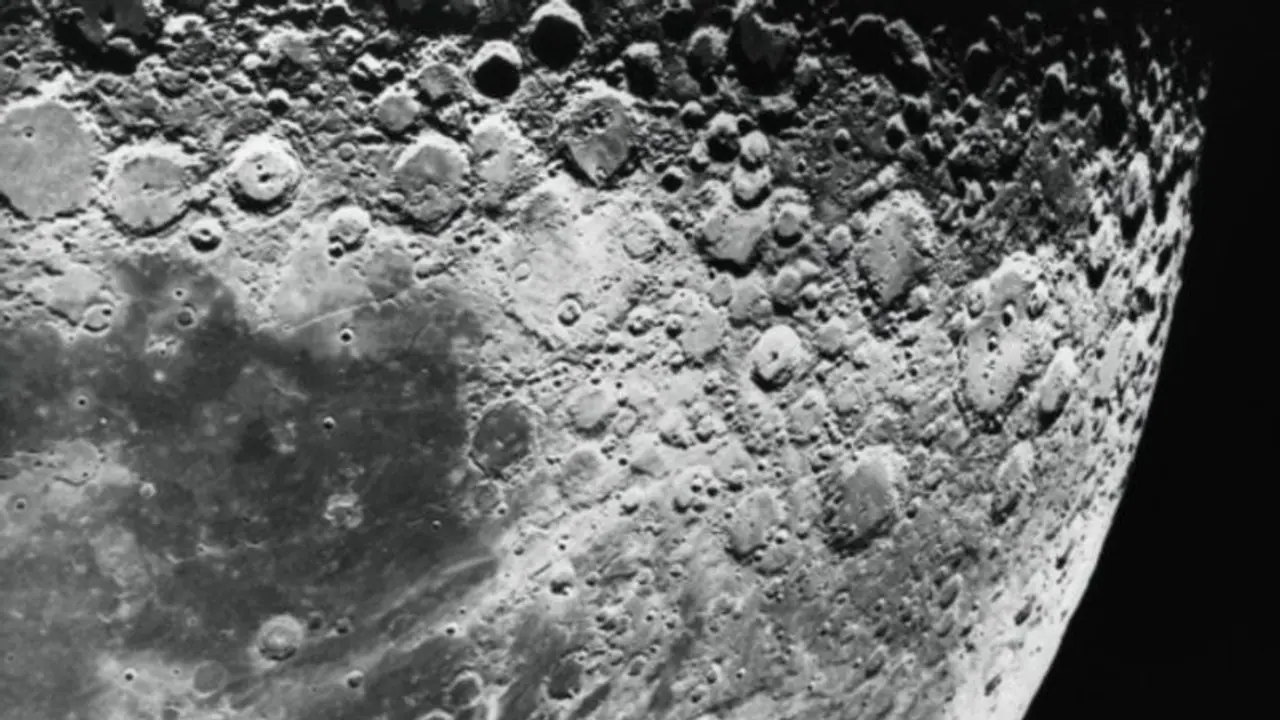The surface of the moon is filled with craters, highlands, wetlands and mountains as well.
Bengaluru: As kids, we are enamoured and enchanted by sighting the moon. We were fed as our mothers showed the moon and sowed seeds of fantasy and charm.
Even to this day, as we have all grown up, the moon remains to be a grand spectacle. But how is the moon? Of what is the moon made? How’s its surface? These are some of the questions that have remained an enigma to many. However, several studies and missions to the satellite have found out some answers.
Many of us would know that the surface of the moon is characterised by craters. But not just that, the moon’s surface has also highlands and wetlands, mountains as well.
Craters which all are familiar with are often marked by secondary craters and by rays from ejecta — ejected matter from the meteor's impact.
The moon has a darker side as well. It’s called maria. They are lava-filled basins up to 1,000 kilometres in diameter. Maria are sites of immense meteoric strikes early in lunar history that later were filled by molten lava seeping up from the interior.
And here is something that will make you think!
These maria are also sites of anomalies in gravity. Also called mascons, it is said one can experience a denser gravitational force here. That is because there is a concentration of very dense material beneath the surface of the moon. Mascons are found only on the near side of the moon (the side that faces Earth), suggesting that the influence of Earth's gravitation altered the trajectories of the impacting objects that produced these features.
Talking about the moon’s surface, there is a presence of plenty of asteroids as well. Scientists say that during the earlier history of the solar system planets and moons suffered a period of heavy bombardment. The last of the rocks were captured by the planet’s gravity and crashed on their surface.
